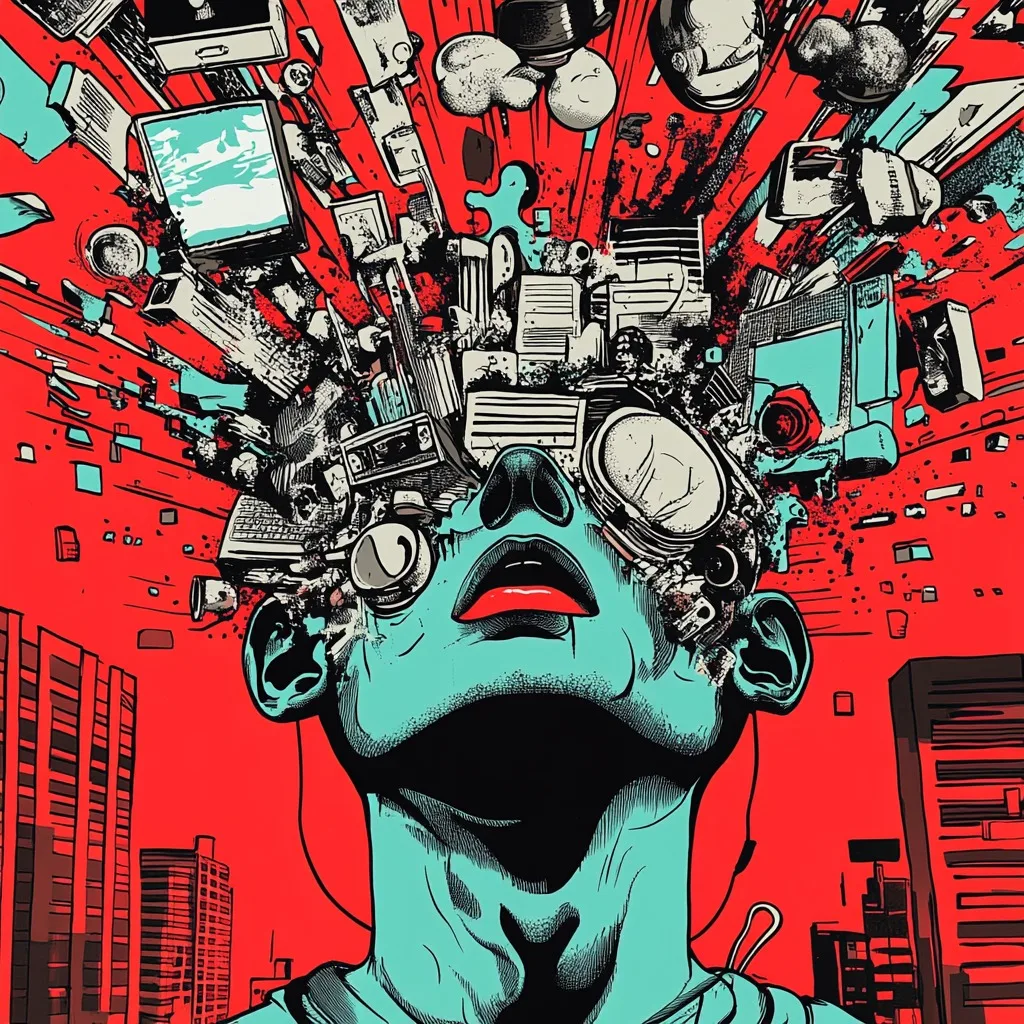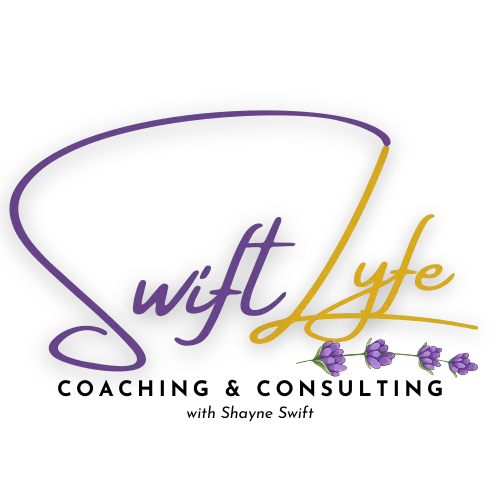Harnessing Creativity: The Power of Self-Expression for ADHDers
Introduction
ADHD emotions can feel like an untamed storm—fast, intense, and overwhelming. One moment, you’re energized and inspired, the next, you’re drowning in frustration or self-doubt. These emotional swings are real, and they can be exhausting. But there’s a way to navigate them: self-expression. Engaging in art, humor, and creativity isn’t just a pastime—it’s a powerful tool for emotional regulation and self-trust.
Why ADHDers Need Emotional Outlets
Living with ADHD means experiencing emotions at full volume. Here’s why finding an outlet is so important:
✔ Hyperactive Amygdala – The part of our brain responsible for processing emotions is extra reactive, making experiences feel more intense.
✔ Rejection Sensitive Dysphoria (RSD) & Emotional Dysregulation – A minor setback can feel like a major rejection, leading to deep distress.
✔ Masking & Suppression – Many ADHDers learn to hide their true emotions to fit in, leading to burnout and a lost sense of self.
Suppressing emotions isn’t sustainable. Instead, expressing them in a healthy, creative way can be the key to balance and self-acceptance.
How Creativity Supports Emotional Well-Being
The beauty of creativity is that it’s personal—there’s no one-size-fits-all approach. Here are some powerful ways ADHDers can channel emotions through self-expression:
🖌 Art Therapy – Drawing, painting, or creating digital art externalizes emotions, providing a tangible way to process what’s going on inside.
🎤 Comedy & Storytelling – Humor transforms struggles into something relatable and even empowering. Sharing stories can also help ADHDers feel seen and understood.
🎶 Music & Sound Therapy – Whether it’s curating playlists to match (or shift) a mood, playing an instrument, or even making beats, music offers an easy and effective way to self-regulate.
Shayne’s Journey with AI Art
At Swift Lyfe, we encourage clients to explore creative self-care, including emerging tools like AI-generated art. Shayne shares:
“Creating AI art allows me to externalize the whirlwind of thoughts and emotions that often come with ADHD. It’s both therapeutic and empowering. Each piece feels like a visual representation of my inner world—capturing moments of clarity, chaos, and everything in between.”
One striking example of this is an artwork Shayne designed to depict the ADHD experience. The image illustrates a mind in overdrive, with an explosion of thoughts, ideas, and stimuli bursting outward in all directions. The vibrant colors and detailed elements reflect the intense sensory experience of an ADHD brain, showing how thoughts compete for attention in a never-ending storm. By translating this internal chaos into art, Shayne creates a way to process, understand, and even gain control over these emotions. This act of self-expression reinforces self-awareness and strengthens emotional resilience.
Final Thoughts
Self-care doesn’t have to be boring or rigid. Creativity offers ADHDers a way to embrace their emotions rather than fight them. Whether it’s through art, music, writing, or humor, self-expression fosters self-awareness and emotional resilience.
What creative outlet helps you express yourself? Let’s discuss below!


